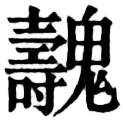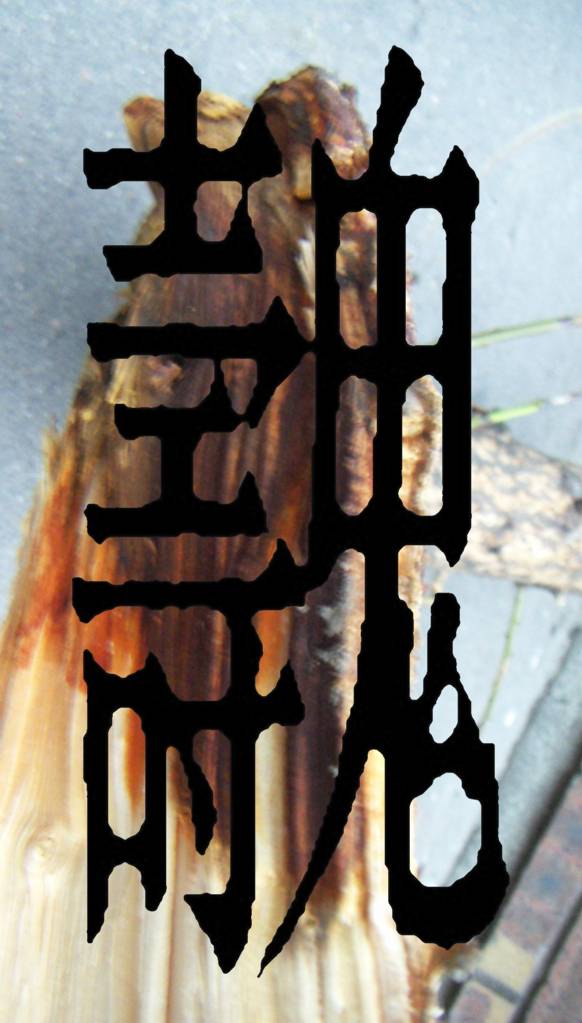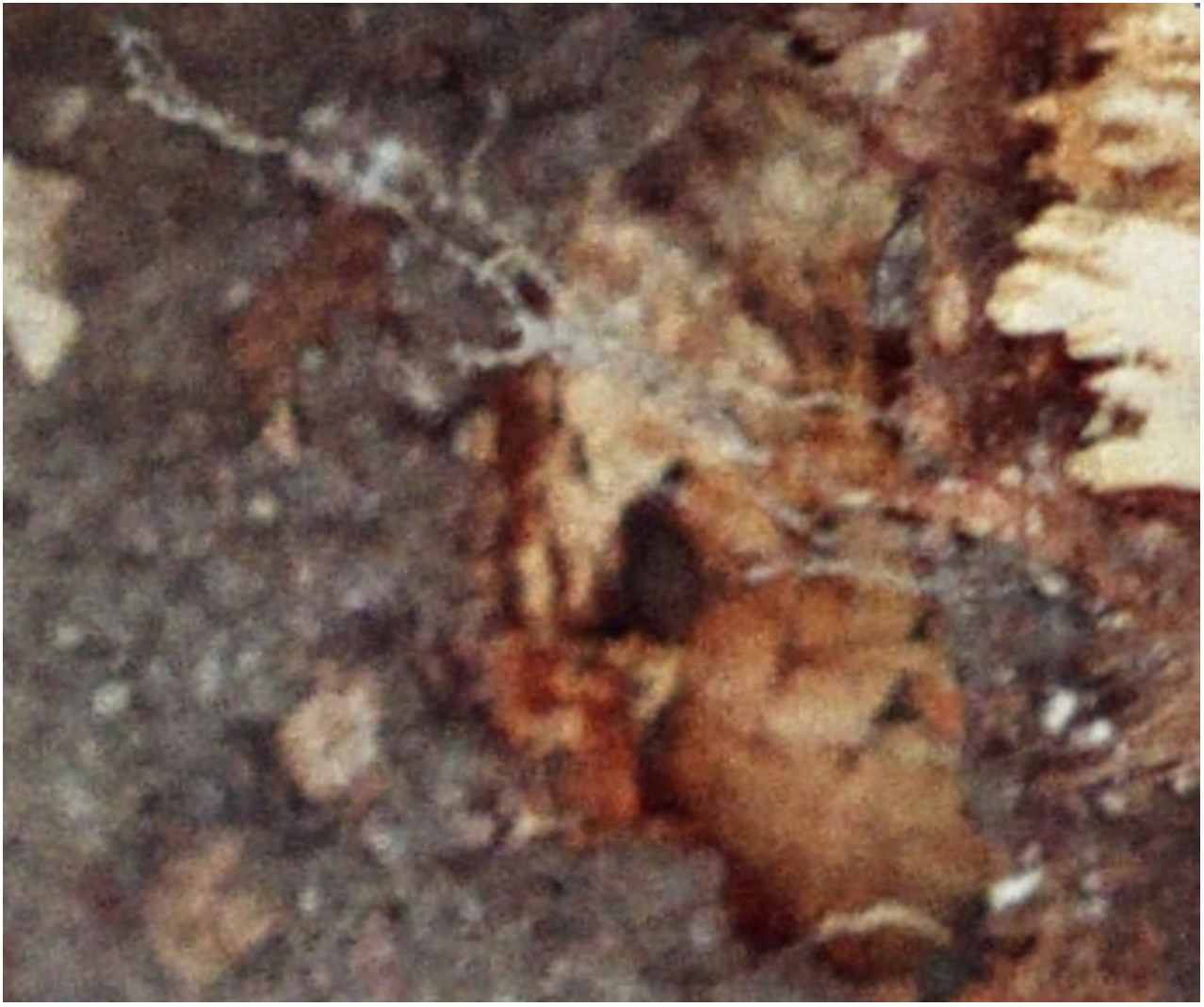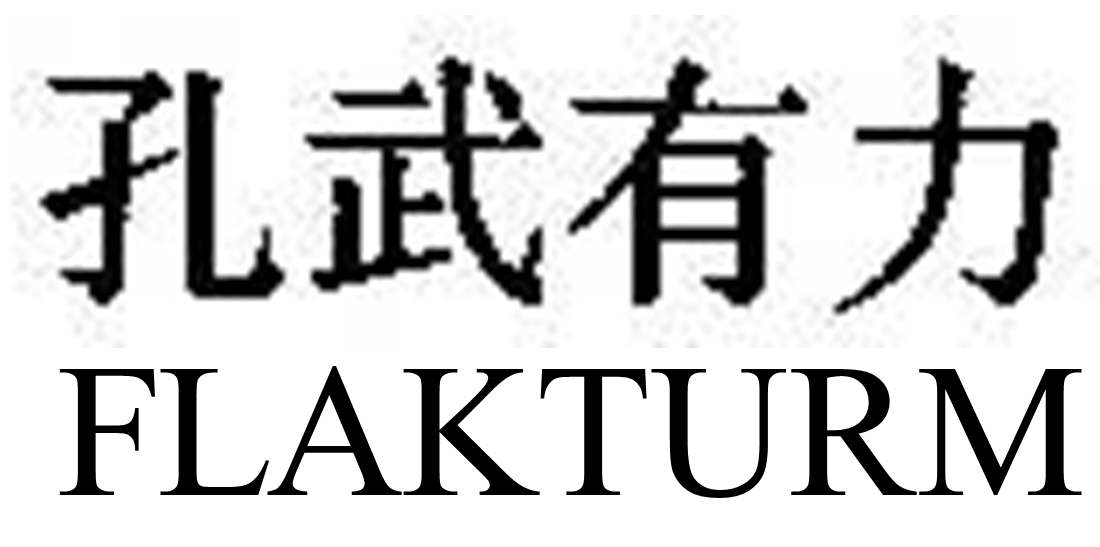

Some comments on the Zheng chapter of Shijing
John Bjarne Grover
I bring some comments on a certain aspect of the chapter that can have repercussions in politics or, rather, political intrigue.
I suggested earlier that the US involvement in the Vietnam war and the murder of Indira Gandhi could have been for the purpose of lending much weight to a few details in the poems #37 and #91 of the chinese Shijing. The Eisenhower doctrine was published on 5 may 1957, nearly half a year before my birth, approximately half a year before my head could have been opened and Kennedy could have been present at the event in Sandveien 4. 5 january 1957 is 1223 months, weeks, days after the birth of Albert of Saxony whom history remembers as a Great Warrior. Shijing #37 tells that a leftsided gynaecomasty is not due to 'self-sucking' but to masturbation on a newborn brain by a Great Warrior. (As this article suggests, a leftsided gynaecomasty can also more likely be obtained by scissoring off a part of the lower righthand occipital lobe of the infant - which could make the great warriorship less important). If 'Shijing' associates with 'ski ging/went', then 'Eisenhower' associates with skating, how and where relevant to that skiing. Chinese for '37' is 'shanshiqi' which could be the 'doctrine' and hence 'The Eisenhower Doctrine' could suggest 'Shijing #37'. I think perhaps this is the story - and the republican 'Eisenhower Doctrine' would then have served to tell in advance that this Shijing #37 was the reason for Kennedy getting the USA into the Vietnam war some years later. But since the leftsided gynaecomasty can be obtained by scissoring the infant's lobe, the US involvement in the Vietnam war would not have been for proving that such a puzzling causal nexus (an 'yde-neck'?) exists - but rather it would have been about lending massive weight to one small details of Shijing. The murder of Indira Gandhi plus following stories, such as the bombing of the US embassies in Dar-es-Salaam and Nairobi in 1998, could then have been for a comparable aspect of Shijing #91.
Here I point to a certain chinese sign in Shijing #81 on the background of the theory that the chapter Zheng (Shijing #75-95) could have an important role to play in certain current politics.
It is about the sign which probably is called CHOU in line 7 of Shijing #81 - poem 6 of the 21 poems in the chapter Zheng. This poem seems to have a potentially extraordinarily strong workload in the intrigue and possibly carry extraordinarily much weight in its form - this is at least my hypothesis. The chapter Zheng plays, as such, a role for a semiotic theory contained in the chinese poetry - of such a kind that it can be assigned relevance for modern politics.
This theme also concerns the relation between my TEQ and the chapter Zheng. I here restrict the discussion to the relevance of the cover to my book TEQ - the front page (second from left) and the back page photos and the spine. There is a very good reason for this attention in my own work - the text starts in poem 1 with the line "Me and the Leotad girl on the slippery slope" and it ends with the poem #1719 called CANSAGNESAS - in a boxed form a la the egyptian pharaoh names. Hence it can be said that the literary work starts with the front page photo and ends with the back page photo - with 1719 poems inbetween, climbing the mount of mystic-poetic enlightenment, as it can be conceived. Now there is furthermore a very good reason for attention to this cover to my book in a poem of Shijing itself - #145 (not in the Zheng chapter) which I translate as follows (from the chinese in Simon) - indeed it seems to be about the cover to my book completed nearly 3000 years later!
#145 - The slippery slope
That slippery of all times slope
with rush and lotus flowers,
it is the beauty of my hope,
inspects with dentist powers.
Awake, asleep, I reach and grope.
Tears run like rains in showers.
That slippery of all times slope -
it is a book with spine
that holds the beauty of my hope,
number, author and title line.
Awake, asleep, I reach and grope -
a chinese heart and mind.
That slope was truly slippery
with rush of lotus flower
and beauty of the departee
and angel tall in power.
Awake, asleep, without a stop
I rush towards heaven's hour.
The chapter Zheng can be seen to discuss the back page photo of TEQ in the first third (the 6 first poems #75-80) and the spine text and front page photo in the remaining two thirds - relative to the sign that is called CHOU (by Simon) that occurs in poem #81. I had not read Shijing before I wrote TEQ.
The reason why this sign CHOU deserves particular emphasis is partly that it - in a compressed form - seems to fit rather perfectly onto the front page photo of my book:


This sign CHOU occurs in Shijing #81 which I find that I (for this context) can translate as follows:
To follow the great inclination
assisting the young to depart
without the ferocious station
that gives you a reason to start
and follow the great inclination
by taking the young by the hand
and open t[h]ree proofs' revelation
that tells what the Go[o]d understands.
The sign CHOU is perhaps not so easy to solve. I could not find it in any dictionary before I discovered that it by some is taken to be the sign Mathews 1327 with the same pinyin form but with radical 164 (in the 214 system) YU (Mathews 7526 'spirits made from newly-ripe millet in the eighth month') as the lefthand side of the sign CHOU. In this variant it means (Mathews 1327) 'ugly; physical or moral deformity; a crowd, one's own class, to compare'. But it is doubtful whether this is the same sign as the CHOU which is used in Simon #81 line 7: This I translate on basis of my own cover photo as 'three proofs revelation', or a threefold/treefall 'proof of God' (given thrice). The difference is quite substantial.
A detail in the back page photo is this - reminiscent of Botticelli's Birth of Venus - a black jacket man is ejaculating all over the landscape while the woman comes running with documents in front of the rising sun that with its breath inspires life into the scene. (See also the chagallian animal in the air up left):



See also the cat in the mid photo). This sort of art is not done with a chainsaw - it is only God who can fell a tree in this way. If one takes the spurt of semen from the man and lifts it upright, it resembles the left and right part of the CHOU sign superimposed on each other:




This is (probably!) not 'the mystery of the sperm' which the nazis were so concerned with - it is the semiotic mystery which the oldest chinese poetry was about.
The Zheng chapter (poem #95) ends with a scene which could be what is seen on the front page of my book - while the first poem #75 starts with the theme of a woman in a black dress: That is when the black jacket of the man under the inspiring sun has been shifted over onto her - the newborn Venus, it could be. To see the newborn me (1957) as such a 'Venus' is rather tasteless if one thereby thinks of a 1-2-3. It is in this recursion from #95 to #75 that a certain 'formalization' can be seen to take place - and it is in just the point when the black jacket of his is reinterpreted as a black dress of hers that the ancient chinese semiotics could see a script sign a la the CHOU take place - with black china ink.
Even Sandro Botticelli conceives of the newborn Venus as being in need of some cover - the one of the three coming from the right - while the inspiration and the thorax hold come from the left.
In addition to this inner logic in Botticelli for the wrapover from end poem #95 to beginning poem #75 in the chapter Zheng, I refer to two convincing pieces of evidence for the independence of the front and back photos: The front page photo is well described by Celan's poem "Der Hengst mit dem blühenden Docht" in his 'Fadensonnen', while the back page photo is well circumscribed in Kandinsky's "Über das Geistige in der Kunst" - here from Kapitel II Die Bewegung: "Ein großes spitzes Dreieck in ungleiche Teile geteilt, mit der spitzesten, kleinsten Abteilung nach oben gewendet — ist das geistige Leben schematisch richtig dargestellt. Je mehr nach unten, desto größer, breiter, umfangreicher und höher werden die Abteilungen des Dreiecks [etc]".
Politics
There are some reasons to believe that the chapter Zheng has been used for political programs - and if it be the case that e.g. Theresa May and Boris Johnson are names related to the Zheng chapter, it is permitted to mention the following peculiarities.
As noticed above, the CHOU which is used in Simon (2015) (in contrast to those used in other contexts with the basic meaning 'ugly') follows my photo well - in which case it applies to my literary work TEQ wherein the last poem is not about sawing down trees - but rather about the fact that only God could make a form like the back page photo - of such acute relevance for the chinese poems. Taken in isolation, without this philosophical framework of mine, the CHOU sign could - as is my speculation about the political intrigue - have been used as the basis for the concept of 'atrium-olframat' - which could mean an 'atrium' or 'troika' = 'triumvirate' conspiracy in the lower righthand part of the sign and an 'olframat' or 'windows' form in the upper square. The triadic sign in the lower righthand side could even have been the origin of the apparent use of the same in the formation of socalled 'unconstitutional power' on a global scale (such as I guess it to be).
I notice a certain similarity with the 'FLAKTURM' of Hitler - possibly read from the line 6 of Shijing #80 - here with CHOU of #81 to the right for comparison:


The first sign ('FL' or 'F') goes in the top left of CHOU, the 'AK' (or 'LAK') in the low left, the 'TU' in the top right and the rest in the lower right (a leg turned). Add to this the little triangular sign hiding in the lower right and it is not far from it.
Whether this phenomenon thereby also is the background of Hitler's Treblinka death camp, I dont know - but I observe the possibility. 'Treblinka' in norwegian means a white wound cut in the trunk of a tree by the forester - as a sign that the tree must be felled.
It seems that Hitler tried to integrate into jewish and poetic mysteries as far as he could - for turning them into terror there. That could be for wedging in between people and what the people wanted - including sexual relations - not to speak of the beautiful Shijing itself - could be for a divide-and-conquer acquisition of power.
'Atrium-olframat' can be seen as onset-truncated from 'natrium-wolframat', a substance which is very poisonous since it drains the molybden out of the body. Molybden is needed in very small quantities in the body, but it is absolutely necessary in small amounts for keeping the nerve cell walls of the brain and nervous system intact. If the molybden is drained out of the body, these nerve cell walls will collapse or let things through. Lead (bullets) in the brain is sometimes called 'excrements in the brain'. (Lenin carried a bullet from the 1918 attempt in his brain and it eventually had to be removed because of lead poisoning). If natrium-wolframat drains molybden out of the body and the nerve cell walls collapse (as goes the reasoning), then the 'excrements' can follow the nerves out to the outer skin which then turns brown - or dark or black as the woman's dress in Shijing #75. This could come from the jacket 'shooting'. This could be a rather poor theory for explaining how his black jacket can be turned into her black dress in the process of 'formalization' in a cognitive science, leaving an 'atrium-olframat' in the chinese sign. It would be a 'mock' (cp. 'muck') theory on these poetic matters.
The concept of 'Black Sea Loop' could apply to this movement from the black jacket of his to the black dress of hers. Along the route from Van in Turkey around the Black Sea towards Paris, it would cross the Burgenland border between Hungary and Austria. Clearly such a loop could have maximized the mock and thereby (by divide-and-conquer) enhance the nazi power.
But obviously there is no basis in neither the chinese nor in my material for such a terror loop.
The dramatic conclusions could be things like these:
1) The Vietnam war could have been only for making something 'big' out of Shijing #37.
2) The murder of Indira Gandhi could have been only for making something 'big' out of Shijing #91.
3) Hitler and Mussolini and WWII could have been only for making something 'big' out of Shijing #81.
Conclusion: This arguably looks alarming - and if Shijing chapter Zheng should be planned for further political programs, these would probably come to have difficulties with not surfing on this history. It is likely that the political strategy is exploitative in the sense of finding something which the people love and then wedge into and abuse it.
But I dont know much about this and I have told it only on basis of the observations I have made on the chapter Zheng of Shijing.
Sources:
Simon, R.: "Shijing. Das altchinesische Buch der Lieder". Chinesisch/Deutsch. Übersetzt und herausgegeben von Rainald Simon. Reclam Bibliothek 2015.
© John Bjarne Grover
On the web 24 april 2020